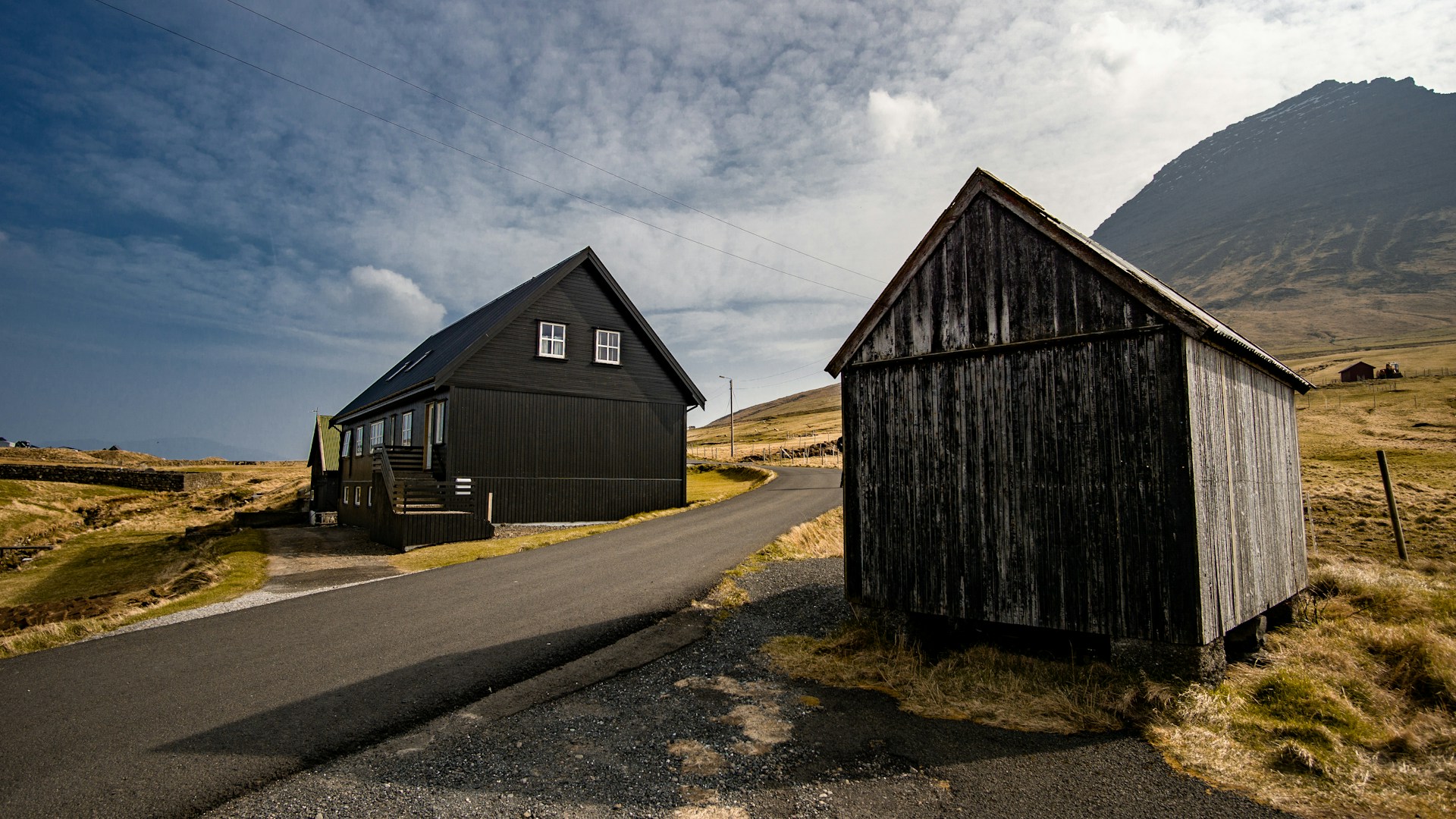Prefabrication: A Cost-Effective Solution for Affordable Housing
Poverty in housing is an ongoing factor which affects millions of people in the world who cannot afford to get a decent house.
When a city expands and there is a steady increase in the population density, conventional construction techniques prove inadequate for constructing low-cost housing facilities.
In this respect, prefabrication has recently been considered one of the most suitable options.
In this blog, the topic being discussed is the possibility of using prefab structures as the solution to affordable housing.
1. Understanding Prefabrication of Homes
Modular homes, or “modular homes”, are homes that are assembled by constructing parts in a factory and then installing them at the construction site.
However, it should be noted that as appose to conventional building where all the construction processes are conducted at the building site, prefabrication of homes are done in the factories.
This facilitates control of quality, time, and is cost effective since resources are put into the right use and pace is fast.
Prefabrication of homes can be classified into different types based on the construction method:
Modular Homes:
These are constructed in large sections or modules in a factory usually follow the modular building construction.
These modules are nevertheless transported to the site and assembled.
It is for this reason that modular homes can be of any design that one would think of when it comes to traditionally built houses, and they need to meet the same local code requirements.
Panelized Homes:
The prefabrication under this type involves the fabrication of wall, floor and roof panels in the factory and then transported to the site for erection.
This makes panelized homes to have more flexibility compared to modular homes because they afford to be designed in a number of ways.
Manufactured Homes:
Known as mobile homes, these are complete prefabrications done in a factory then shipped to the site for use.
In fact, they are governed by federal building requirements but not the local building codes.
Kit Homes:
Kit homes entail the delivery through the transport of pre-built parts, the buyer or a contractor assembled at the final destination.
These homes are more or less like construction kits; they demand more input from the owner in the construction process.
The change in direction toward modular construction is highly beneficial indicating time, cost, and environmental benefits.
The components are commonly generic and standardized, meaning that many can be built relatively cheaply when taken in large numbers, thus there are minimized costs of scale.
2. Cost Advantages of Prefabricated Homes
There are several factors contributing to increased sales of prefab homes.
Several factors contribute to making prefab homes more affordable than traditional construction:
Lower Labor Costs:
In normal construction, a large part of the costs is directed on the labor cost which is subject to region, difficulty of construction and supply and demand.
They also pointed out that, since prefab homes are constructed within a factory, much of the work is mechanized and not as many employees are employed.
This type of prefabrication results into large savings in manpower costs normally amounting to 20-30% of the total price and hence results into lower prices when compared to the conventional building approaches.
Faster Construction Time:
It has been established that prefab homes can be constructed in a relatively shorter period as compared to a normal home.
A prefab home can also be built and delivered and set up in a few weeks at the most while the conventional buildings take anything between several months to over one year.
The time required to construct the building is also shortened, elimination many of the costs involved in financing for several months of interest.
Bulk Material Purchase:
Based on the fact that prefab homes are built off site, there is possibility to order materials for construction in large quantities making costs per unit cheap.
Another advantage of prefabrication is that factories are able to bargain for cheaper prices from suppliers because they require large quantities of materials which they use during production.
Energy Efficiency and Reduced Maintenance Costs:
Some of the common characteristics of most of the prefab homes include improved insulations, improved windows, and energy upgrade appliances.
The features of prefabrication can also help decrease the utility bills of the occupants, and therefore the prefabricated homes may be cheaper in the long run.

3. Sustainability and Quality Considerations
Besides economical, prefabrication of homes also bring about sustainable factor and quality construction.
Here it is examined how and why prefab homes fit the concept of sustainable development, as issues of environment continue to exacerbate.
Sustainable Materials and Eco-Friendly Design:
Prefabrication of homes can contain sustainable days like recycled steel, bamboo, as well as environment-friendly insulation.
Current manufacturers of prefab home tend to focus on the use of material that are eco-friendly.
Furthermore, since the homes are constructed indoors it is easy to control waste during construction and recycle products which are not used, as can be difficult when conducting the construction outdoors.
Energy Efficiency:
It is worthy of note that prefabrication of homes can incorporate latest Technologies such as solar panels, efficient windows and new methods of insulation.
These features will help to lower the amount of energy used and the homeowner’s energy bills.
Home owners can therefore be saved the cost of envy and time, while improving their energy efficiency, which is key in today’s society.
Quality Control and Precision Engineering:
In traditional construction there are some factors like; weather conditions and on site mistakes that may lead to compromise of the final output.
Traditional homes on the other hand are erected in the actual construction site where there lacks a proper quality control ensuring that all parts meet fixed standard.
An element of this degree of accuracy reduces the possibility of structural problems and defects.
Features include the application of highly developed computer-aided design (CAD) that will guarantee excellent fit of components once installed on site.
Flexibility and Customization:
Some people tend to complain that the construction of prefabricated homes has not much variation in style; however, this idea is wrong.
Current modular houses come designed with endless possibilities regarding the home design, designs of the actual house, interior decoration and even the type of environmentally friendly facilities for the occupants.
This produced flexibility assists in satisfying the multiple requirements in terms of housing including the provision of houses for people in town, people in rural areas, and the affluent market in terms of the luxurious house.
Conclusion
Modern concepts in construction including prefabricated homes represent one of the most rightful ways of creating cheap and efficient housing.
This means that through innovations like economies of scale, better on material density and utilization and shorter cycle time compared to other construction methods, prefab homes are a viable option.
Saving costs instead, they have incentives for many more aspects besides, including environmental, quality, and energy.
Notably, concerns of design and customization make it possible for people who require prefabricated homes to get them since these homes can be designed to fit into different classes like the low income and the high income earners.
With more and challenges that exist in the world today, concerning urbanization, population and governance, climate change, the idea of prefab houses could indeed take center stage in strategically helping to resolve the problem of lack of houses while adopting the sustainable approach.

